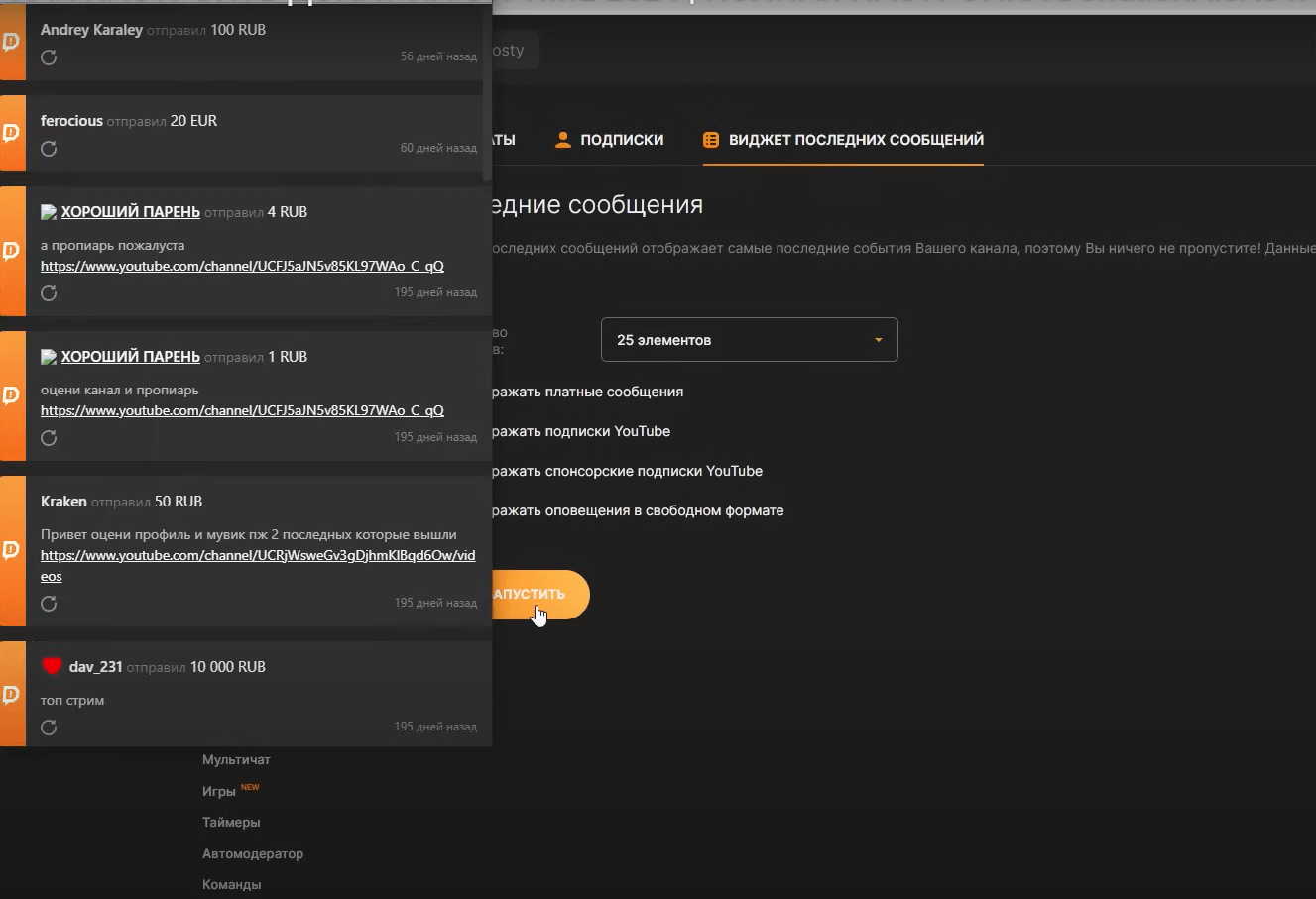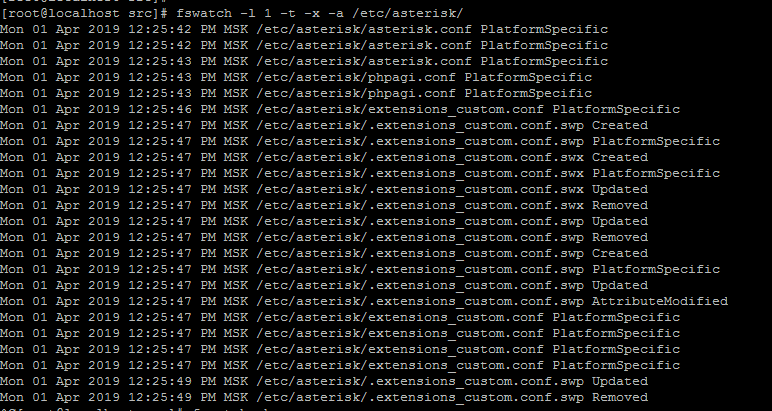Getting Started with Ansible
What is Ansible?
Ansible is a modern automation tool that allows you to manage the configuration of servers and applications. It is based on the Python language and works without using agents on remote nodes.
Installing Ansible
To install Ansible on your server, follow the instructions on the official website. Installation is usually done via the package manager of your operating system.
Environment Setup
Inventory File
Ansible uses an inventory file to determine the hosts to interact with. Create a file named «inventory» and specify the IP addresses or domain names of your servers in it.
SSH Configuration
To work with Ansible, you need to configure SSH access on remote servers. Make sure you have SSH access to your servers and use SSH keys for authentication.
Using Ansible
Server Inventory
To view the available servers in the inventory file, use the command:
ansible-inventory --list -i inventory
Running Ansible Modules
Ansible provides many modules for managing servers. For example, to install packages on a server, use the «apt» module for Debian/Ubuntu or the «yum» module for CentOS/RHEL:
ansible all -i inventory -m apt -a "name=nginx state=present" --become
Ansible Playbooks
Playbooks are a set of tasks that can be performed on one or more servers. Create a playbook in YAML format and run it using the command:
ansible-playbook -i inventory playbook.yml
Advantages of Ansible
Ease of Use
Ansible has a simple syntax and is easy to configure even without deep knowledge of system administration.
Scalability
Ansible allows you to manage hundreds and thousands of servers simultaneously, making it an ideal tool for infrastructure automation.
Support for a Large Number of Devices
Ansible can be used not only to manage servers, but also other devices, such as routers, switches, and cloud services.
Conclusion
In this article, we have reviewed the basics of using Ansible to manage servers. Ansible is a powerful tool that will help you automate processes on your servers and make your work more efficient. Start using Ansible today and improve the performance of your infrastructure.





